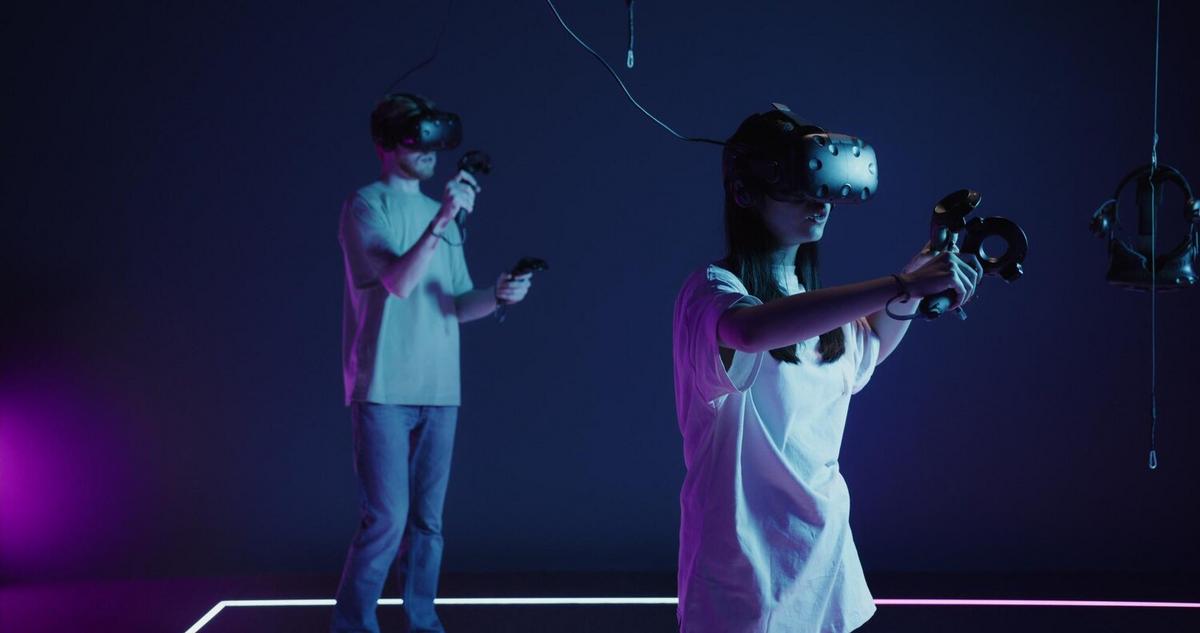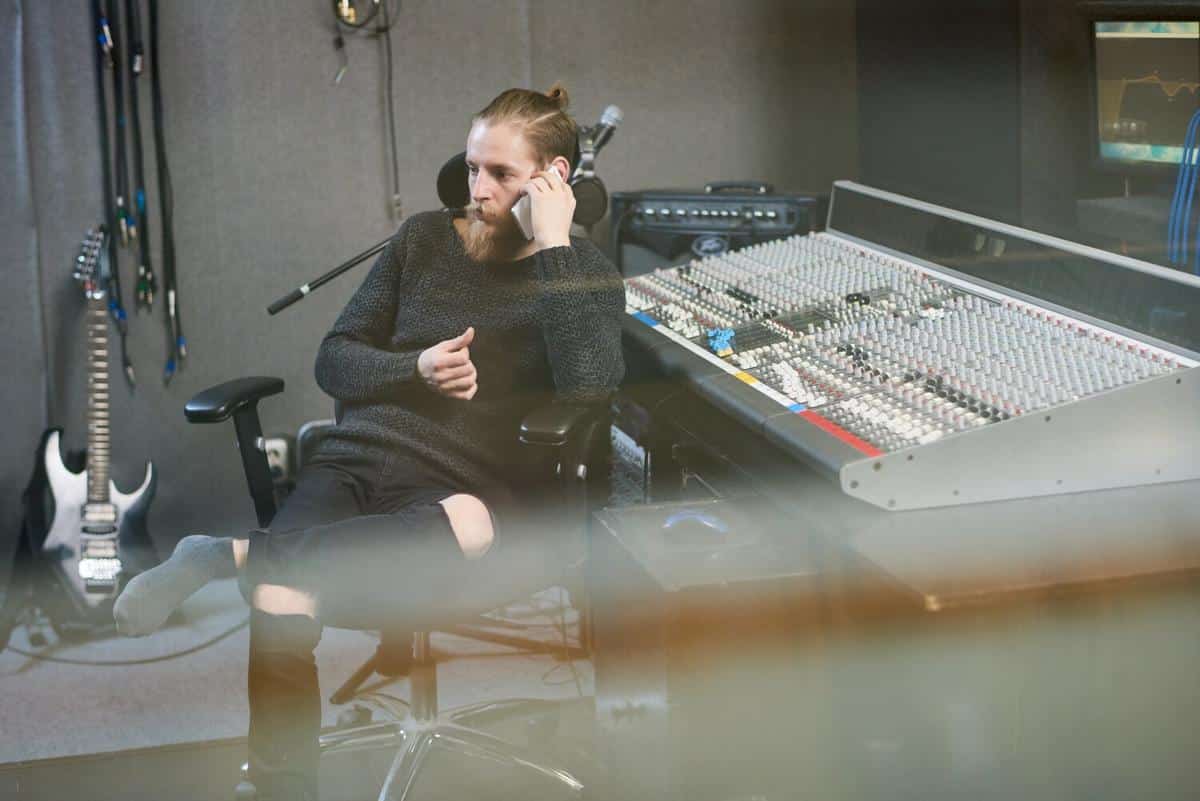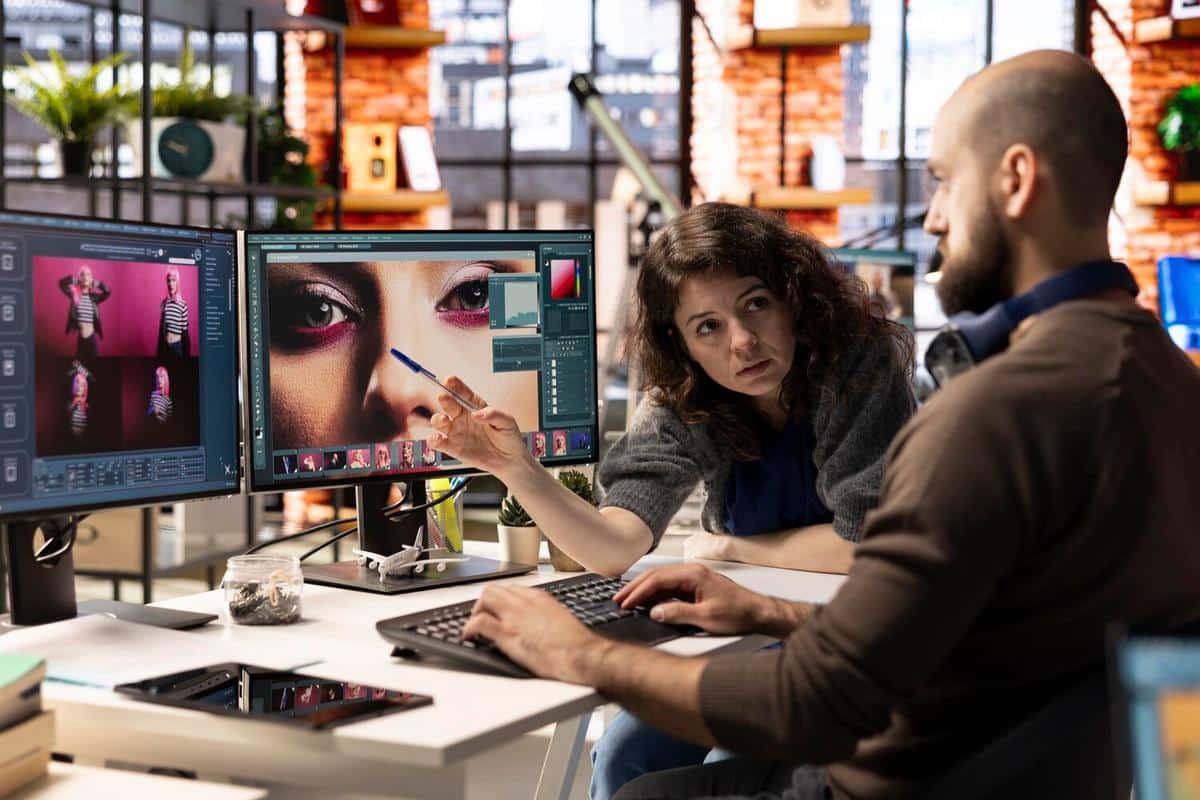
Virtual Reality: The Future of Video Production
Virtual Reality (VR) is transforming the landscape of video production, offering immersive experiences that captivate audiences like never before. As this technology continues to evolve, it presents exciting opportunities for filmmakers and content creators to push the boundaries of storytelling.
Virtual Reality is not just a buzzword; it’s a revolutionary tool that is reshaping how we create and consume video content. By offering viewers a 360-degree experience, VR allows audiences to engage with content on a deeper level, making them feel like active participants rather than passive observers.
The Impact of VR on Video Production
One of the core advantages of VR in video production is its ability to create a sense of presence. According to a report by PwC, the VR market is expected to grow at a compound annual growth rate (CAGR) of 30% from 2020 to 2025, highlighting its increasing significance in various industries, including entertainment.
Expert Insights
Industry leaders have expressed optimism about VR’s potential. Filmmaker Robert Stromberg, known for his work on ‘Avatar,’ states, “VR is an exciting frontier that allows us to expand the language of film and engage audiences in new ways.” This sentiment is echoed by many in the industry who see VR as a catalyst for creative innovation.
Practical Applications
A practical example of VR in action is its use in virtual tours and educational content. These applications not only provide engaging experiences but also make information more accessible and memorable.
To effectively incorporate VR into your projects, start with a clear story and consider the unique perspectives VR can offer your audience. Planning and storyboarding are crucial in maximizing the immersive potential of VR.
Getting Started with VR Video Production
For those interested in venturing into VR, here are some actionable tips:
- Invest in a quality VR camera that suits your project’s needs.
- Understand the basics of VR editing software to enhance your production quality.
- Engage with a community of VR creators to learn and share insights.
Comparison Table: Traditional vs. VR Video Production
| Aspect | Traditional | VR |
|---|---|---|
| Viewer Experience | Passive | Interactive |
| Camera Work | Fixed Angles | 360-degree View |
| Storytelling | Linear | Non-linear |
| Equipment | Standard Cameras | VR Cameras |
| Editing | Conventional | Specialized Software |
| Audience Engagement | Moderate | High |
| Cost | Varies | Potentially Higher |
| Market Growth | Steady | Rapid |
Frequently Asked Questions
How does VR enhance storytelling?
VR enhances storytelling by allowing viewers to explore and interact with the environment, making the narrative more engaging and immersive.
Is VR video production expensive?
While the initial investment in equipment and software can be higher, the unique experience it offers can be worth the cost.
What are the challenges of VR video production?
Challenges include the need for specialized equipment, more complex editing processes, and the necessity of creating content that makes full use of the medium’s capabilities.
As VR technology continues to develop, its role in video production will only grow. By embracing this technology, creators can offer audiences exceptional experiences that redefine how stories are told and shared. Whether you’re a seasoned filmmaker or a newcomer, exploring VR could open up new avenues for creative expression.


